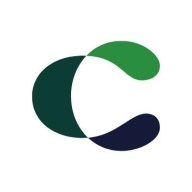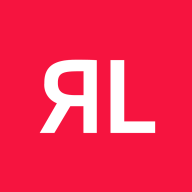

Contrast Security Assess and ReversingLabs are significant players in the security solutions market. While both feature strong capabilities, ReversingLabs seems to have the upper hand due to its comprehensive malware analysis and threat intelligence capabilities.
Features: Contrast Security Assess is known for its seamless integration, detailed security insights, and comprehensive visibility, allowing users to effectively monitor and manage security risks. ReversingLabs stands out with extensive malware analysis features, rich threat intelligence, and broad capabilities, offering a deep-dive security analysis that is highly valued by users.
Room for Improvement: User feedback suggests that Contrast Security Assess could improve reporting functionalities and expand support options to enhance user experience. Its dashboard usability is another area that could be refined. ReversingLabs could benefit from a simplified setup process, improvements in user interface clarity, and reduced complexity in managing updates to address user concerns.
Ease of Deployment and Customer Service: Contrast Security Assess is praised for easy deployment across different environments, but users express a need for more responsive customer support. ReversingLabs, although having a more complex deployment process, is appreciated for providing responsive customer service, which is a strength users rely on despite deployment complexities.
Pricing and ROI: Users find Contrast Security Assess to offer competitive pricing and a good ROI, appreciating its cost-effective structure. ReversingLabs has a higher cost which users find justified by its robust features, delivering comprehensive security benefits essential for those requiring advanced threat detection capabilities.
| Product | Market Share (%) |
|---|---|
| Contrast Security Assess | 0.8% |
| ReversingLabs | 0.4% |
| Other | 98.8% |


| Company Size | Count |
|---|---|
| Small Business | 2 |
| Midsize Enterprise | 3 |
| Large Enterprise | 6 |
Contrast Security is the world’s leading provider of security technology that enables software applications to protect themselves against cyberattacks, heralding the new era of self-protecting software. Contrast's patented deep security instrumentation is the breakthrough technology that enables highly accurate assessment and always-on protection of an entire application portfolio, without disruptive scanning or expensive security experts. Only Contrast has sensors that work actively inside applications to uncover vulnerabilities, prevent data breaches, and secure the entire enterprise from development, to operations, to production.
ReversingLabs is the trusted authority in software and file security. We provide the modern cybersecurity platform to verify and deliver safe binaries. Trusted by the Fortune 500 and leading cybersecurity vendors, the ReversingLabs Titanium Platform® powers the software supply chain and file security insights, tracking over 35 billion files daily with the ability to deconstruct full software binaries in seconds to minutes. Only ReversingLabs provides that final exam to determine whether a single file or full software binary presents a risk to your organization and your customers.
RL - Trust Delivered.
We monitor all Application Security Tools reviews to prevent fraudulent reviews and keep review quality high. We do not post reviews by company employees or direct competitors. We validate each review for authenticity via cross-reference with LinkedIn, and personal follow-up with the reviewer when necessary.